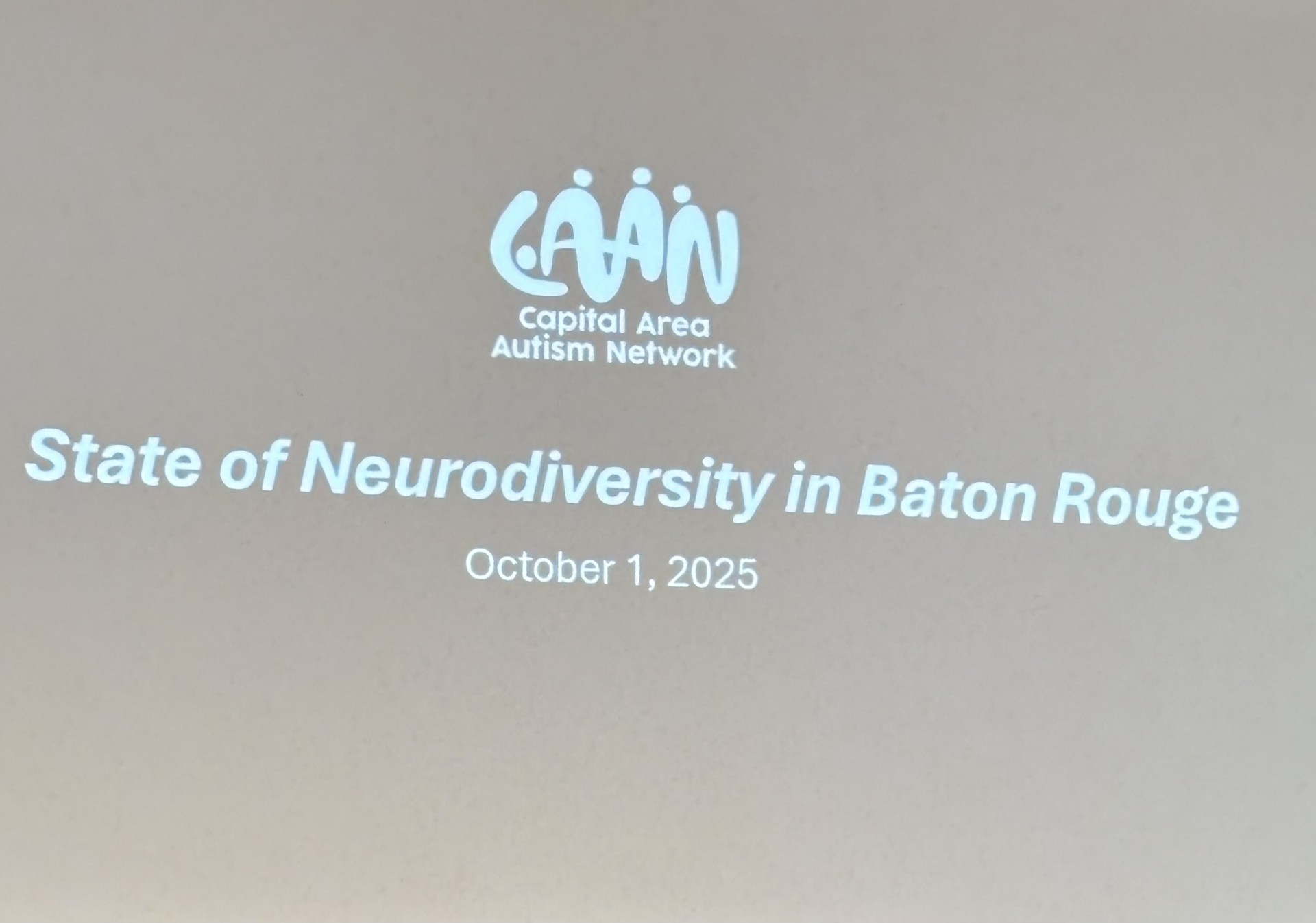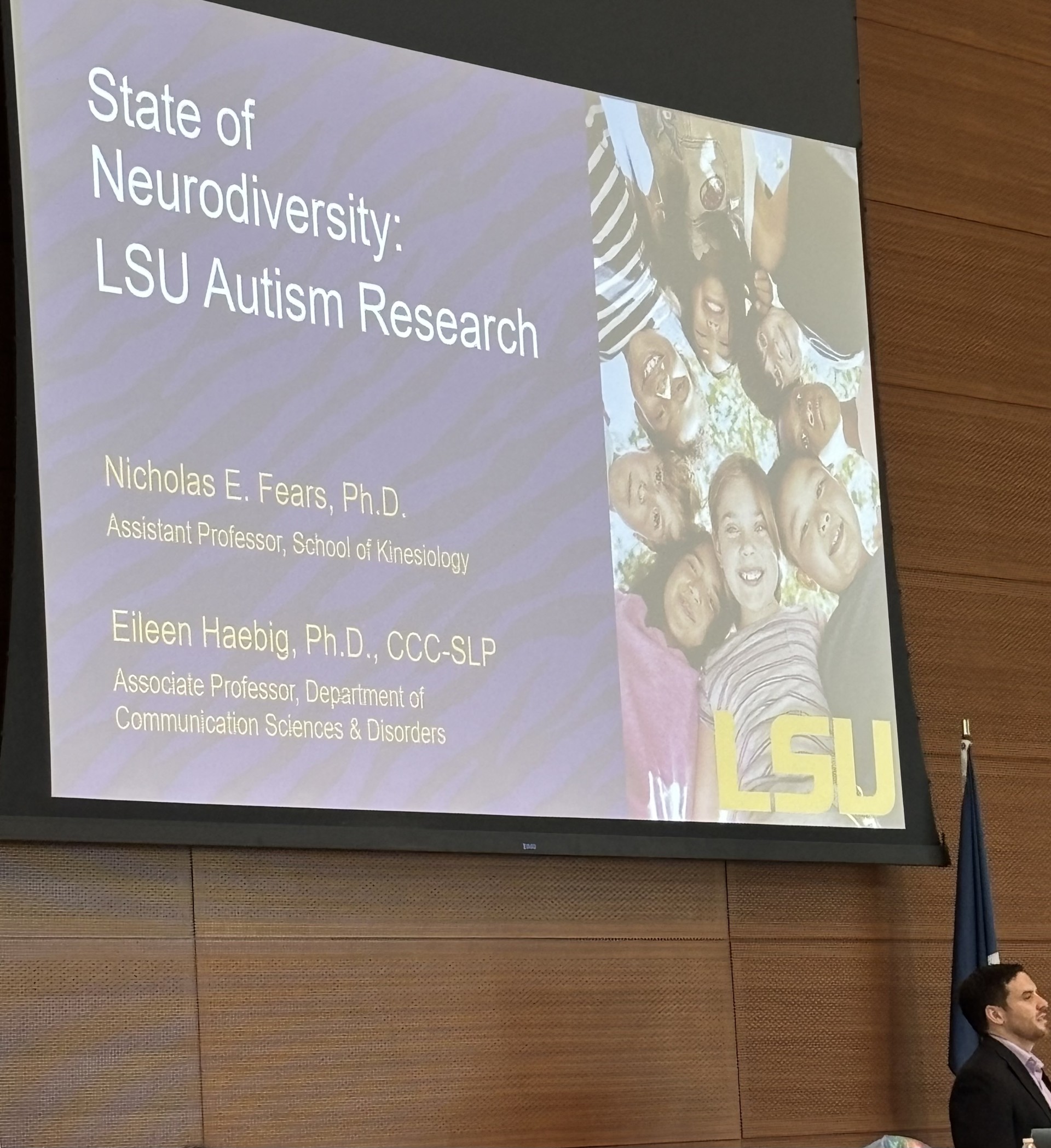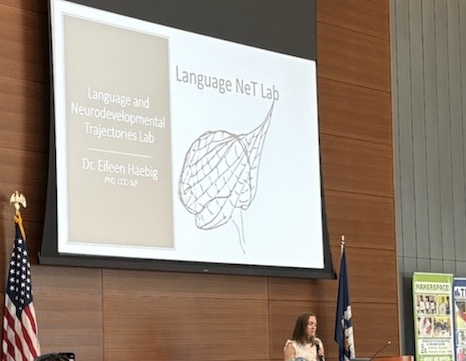Neurodiversity
Representation of differences is important in our society and in research. The Language NeT Lab supports neurodiversity and inclusion and is committed to respecting and supporting individuals who come from underrepresented backgrounds, including those who are on the autism spectrum. Differences can take many forms (e.g., racial and ethic backrounds, linguistic differences, and neurodiversity). The Language NeT Lab will work towards promoting neurodiversity by first working to better understand these topics, actively working to include divers participants into our research studies, and by applying appropriate research techniques in our practices to prevent biased portrayals of individuals who come from underrepresented backgrounds. We are also working to gather input from autistic individuals and stakeholders on the research that we conduct. We currently have an Autism Advisory Board that includes autistic individuals and parents of autistic children so that we can improve our study procedures, stimuli, and interpretations of our data; we are grateful for their time, insight, and guidance.
Terminology and Language as it Relates to Neurodiversity
Language and terminology are powerful. Throughout the years in the health and educational fields, different approaches have been used to refer to the individuals that they serve. Initially, identity-first language was used and then a shift led to the use of person-first language. Initially, identity-first language was used to refer to patients by their diagnosis (e.g., the stroke patient or the Down syndrome child). This terminology use was identified later as being disrespectful because it often reduced an individual down to their diagnosis instead of acknowledging the individual as a whole person. In 1974, during the first self-advocacy conference in the United States, a speaker declared that he “want[ed] to be known as a person first” (Gray, 2020). This speech sparked the use of person-first language (e.g., the child with fragile X syndrome, the man with Parkinson’s Disease). Therefore, up until recently, researchers, health-care professionals and educators have used person-first language in their spoken and written language (as have the researchers in the Language NeT Lab).
Recently though, there is a growing consensus to recognize autism not as a disorder, but as a genetic variation. Verbal autistic people emphasize that their condition is not something that can be removed from them or that they can be removed from. Person-first language separates the individual from their condition, and although it is preferred for most individuals with different diagnoses or conditions, an overwhelming majority of the autistic community is recognizing that person-first language is inconsistent with how they perceive themselves. Thus, a growing number of autistic individuals are taking preference to identity-first language: e.g., “He’s autistic” as opposed to “He has autism”. Parents of autistic individuals, specifically those severely affected by the condition and who have little to no language abilities, tend to lean toward the promotion of person-first language as they believe their child to be “more than their condition”.
Given the different opinions about person-first language and identity-first language, there is no single way to respectfully describe individuals on the autism spectrum. Therefore, it is best to ask the individual and family member themselves to state what their preferences are. The members of the Language NeT lab pledge to honor each individual’s preference for person-first versus identity-first language when this preference can be determined. When writing about or speaking about autistic individuals, we will move towards using identity-first language because it is becoming clear that this is generally the preferred approach by the autistic community (Kenny, Hattersley, Molins, Buckley, Povey, & Pellicano, 2016). We also pledge to continue to listen to the autistic individuals, their family members, and other stakeholders to use respectful language and terminology.
Position Statement on Linguistic Diversity
We encourage all forms of communication and linguistic diversity. We view the use of different languages, dialects, and accents among our students, faculty, and staff as an asset to our department and the larger academic and professional community. The program maintains that students and professionals using any English dialect and accent can provide competent speech-language services to persons with communicative disorders if program standards for academic and clinical performance have been met. This position is consistent with the official position of the American Speech-Language-Hearing Association (1998), which states:
It is the position of the American Speech-Language-Hearing Association (ASHA) that students and professionals in communication sciences and disorders who speak with [any] accent [and] dialect can effectively provide speech, language, and audiological services to persons with communication disorders as long as they have the expected level of knowledge in normal and disordered communication, the expected level of diagnostic and clinical case management skills, and if modeling is necessary, are able to model the target phoneme, grammatical feature, or other aspect of speech and language that characterizes the client's particular problem. All individuals speak with an accent [and] dialect; thus, the nonacceptance of individuals into higher education programs or into the professions solely [because of a particular] accent or dialect is discriminatory. Members of ASHA must not discriminate against persons [based on their accent or dialect] in educational programs, employment, or service delivery, and should encourage an understanding of linguistic differences among consumers and the general population.
Commitment
- We are committed to nondiscrimination. We maintain that no student, faculty, staff member, or community member shall, on the basis of their linguistic background or other identity, whether legally protected or otherwise, be excluded from participation, be denied benefits, or be otherwise subjected to discrimination.
- We encourage all researchers and students to gain greater experience/expertise with additional languages/dialects/accents via self-education, the language learning resources on campus, and any other resources that may be available in our community and beyond.
References
Akmajian, A., Farmer, A. K., Bickmore, L., Demers, R. A., Harnish, R. M. (2017). Linguistics (7th ed). Cambridge, MA: MIT Press.
American Speech-Language-Hearing Association (1998). Students and professionals who speak English with accents and nonstandard dialects: Issues and recommendations [Position Statement]. https://www.asha.org/policy/TR1998-00154/
American Speech-Language-Hearing Association. (2011). The clinical education of students with accents [Professional Issues Statement]. https://www.asha.org/policy/PI2011-00324/
Bhatt, R. M. (2001). World Englishes. Annual Review of Anthropology, 30(1), 527-550.
Gray, J. D. (2020, September). ASHA Voices: Autism and Identity: Interrogating the language we use. ASHA Leader Live.
Kenny, L., Hattersley, C., Molins, B., Buckley, C., Povey, C., & Pellicano, E. (2016). Which terms should be used to describe autism? Perspectives from the UK autism community. Autism, 20(4), 442-462.

State of Neurodiversity in Baton Rouge Summit

Dr. Fears presenting about neurodiversity and research at LSU

Dr. Haebig presenting about neurodiversity and research at LSU/